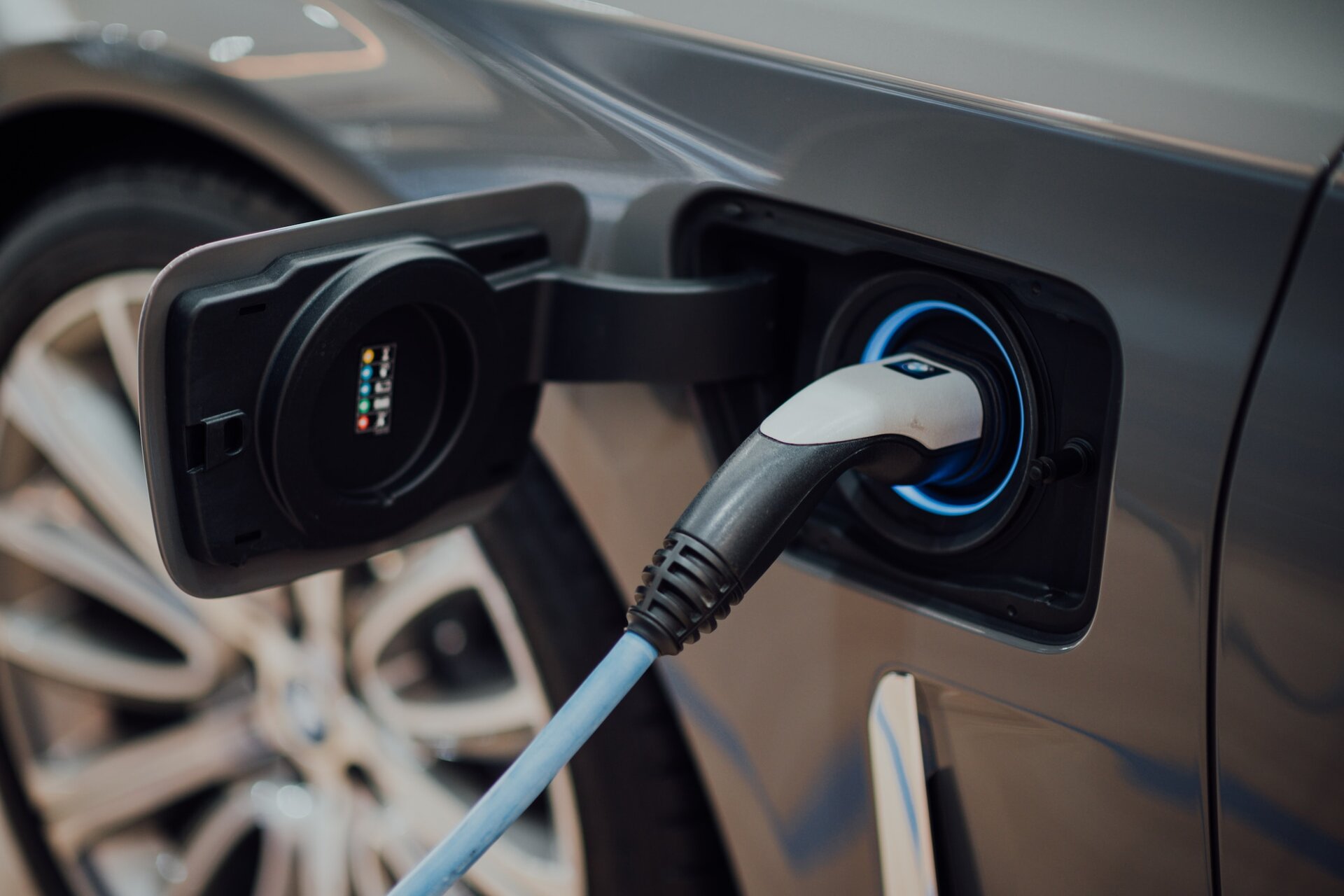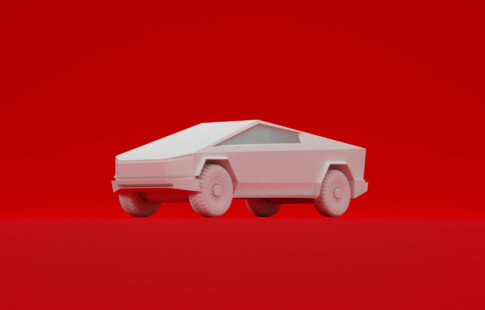
The Main Challenges Facing EVCS Today (and Some Ways to Solve Them)
We are reader-supported. When you buy through links on our site, we may earn affiliate commission.
Electric Vehicle Charging Stations (EVCS) are essential in powering the future of personal transportation. Countries wishing for a cleaner and more sustainable environment must adopt new technologies and mindsets. However, EVCS encounters challenges that can bog down its progress in adopting EVs on a broader scale. Here are four EVCS problems and possible solutions:
1. EVCS Charger Compatibility
While conventional gas stations use the same pump for different brands and car models, it’s a different matter for EVs. Some car manufacturers use proprietary systems for their vehicles. It can be frustrating for EV owners to look for the right car charging station.
Not all EVCS carry the same chargers, so users must research before heading to a station for a quick charge. This is one of the reasons why some consumers hesitate to go for electric vehicles. People are used to topping up their cars at any gas station without worrying about the compatibility of fuel pumps and vehicles.
EV connectors can vary significantly by country and the charging station type. Alternate current (AC) connectors include the following connectors:
- J1772 or Type 1 for Japan and North America
- Mennekes or Type 2 for Europe
- GB/T for China
- Tesla for all markets except EU
Faster direct current charging stations use these connectors:
- CHAdeMO for Japan
- CCS1 for North America
- CCS2 for Europe
- GB/T for China
- Tesla for all markets except EU
The Solution:
Charging companies can set up new stations with different connectors to cater to a broader range of customers. They can also retrofit existing stations to carry all kinds of charging connectors. Better yet, car manufacturers can work together to develop a universal connector for all car types. This can address connector compatibility issues and encourage consumers to switch to EVs.
The European Union’s mandated EV charging connector standard is the CCS2. Companies like Tesla have already created an adapter to make their cars compatible with CCS2 chargers to help improve the consumer experience in different markets. Adapters can be an alternative to the charger compatibility issue among electric vehicles.
Tesla cars are outright compatible with the Tesla Supercharger. They can also use J1772 with an adapter and CHAdeMO but with a speed limit and added cost at the owners’ expense. Other popular EVs like the Chevrolet Volt can use the CCS and J1772 plugs but not the Tesla Supercharger or CHAdeMO due to the lack of available adapters.
2. Charging Times
Charging companies and EV manufacturers are already making progress with making more EVCS for the growing electric vehicle market. However, one of the challenges that persist is slow charging times.
Consumers want shorter charging times to enjoy their electric vehicles and depend on them for continuous, hassle-free use. While lithium-ion EV batteries continue to improve and carry more capacity for longer trips, their charging capability remains unchanged.
Wall or Level 1 chargers can take all night to charge a car to 100%. Level 2 chargers can take 4-8 hours to charge an electric vehicle. In contrast, Level 3 chargers can take as little as 20 minutes to get an EV to 80% charge in ideal conditions.
The Solution:
Create more ECVS in different locations to improve coverage for all EV users. Charging companies can service more consumers by giving them more options to charge their vehicles during longer road trips.
EV charging speeds depend on the battery’s current charge. It’s easier to charge an EV up to the first 20% than to complete the last 20% of a complete charge. It’s better for drivers to plug in their vehicles up to 50% capacity at charging stations and proceed with their trip than to wait for their cars to reach a 100% charge.
3. High EVCS Installation Costs
Having more EVCS in strategic travel locations can improve accessibility for EV drivers. Electric corridors throughout the United States are being built to get more people to switch to EVs. However, creating more charging stations comes with its challenges.
Level 2 and 3 chargers offer the fastest charging speeds and improved connectivity. ECVS with multiple ports can cater to several customers simultaneously to minimize waiting times between drivers. Most of the time, these ports also have different features that improve their functionality and the user experience.
These features can come at a lofty price. The more features a charging station has, the higher the installation cost. Level 3 chargers can cost between $10,000 and $40,000 per unit, with the installation cost ranging from $4,000 to $50,000. On the other hand, Tesla Superchargers can cost $250,000 per unit but can power four to six cars simultaneously. Imagine the cost of building enough EVCS to service electric car owners nationwide.
The Solution:
Charging companies should find more investors to fund green electricity projects nationwide. In July 2022, Fast-charging network operator EVCS raised $68.8 million for its expansion on the West Coast. This move will allow the company to service more than 35 new cities across California and Washington. Again, in July 2023, EVCS seeks to raise another $125 million to expand its network further.
The Biden-Harris administration is committed to making charging stations more accessible and affordable to EV owners. The Bipartisan Infrastructure Law (BIL) invests $7.5 billion in EV charging, $10 billion in clean transportation and over $7 billion in EV battery components. The BIL aims to build a network of 500,000 charging stations along America’s highways.
The Bipartisan Infrastructure Law also aims to promote domestic production. The investment hopes to spur manufacturing jobs, made-in-America chargers and other components for EV charging.
4. Charging Infrastructure
An estimated 1.7 million EVs are in operation in the country, which is only expected to grow in the coming years with the projected increase in popularity of clean land transportation. In addition, President Joe Biden set a goal to make 50% of all new vehicle sales in the U.S. electric by 2030.
There are 138,100 charging outlets for EVs in the U.S. in May 2023, many of which are located in California, with almost 44,600 public and private charging stations. The country must have at least 1.2 million public and 28 million private charging stations to accommodate the projected electric car boom.
Electrifying the country’s wide network of highways is an ambitious and challenging task. Even with the current administration’s pledge to create half a million charging stations, there are too many EVs per charging station. American views on electric vehicles may shift if the government can successfully build the infrastructure needed to support the growing number of EVs on the road.
The Solution:
Bolster the campaign to create a more effective network of charging stations nationwide. Private EVCS companies should continue to secure funding to help support government initiatives to develop a green electric vehicle grid.
However, more charging stations may just be a single factor to consider. EV owners face the following challenges during charging:
- Non-working chargers: Some charging stations have broken components like connectors and screens, hindering proper use.
- Slow chargers: Slow charging stations hamper the effectiveness of EVs and frustrate owners.
- Payment problems: Many EV owners report difficulties paying for car charging in public stations.
- Long waiting times: Electric cars have different charging rates and people have varying charging preferences. These reasons can lead to long queues, especially in busy highways and cities with many EVs.
Building more charging stations to support the growing EV sector will always be a viable solution. More EVCS must be designed to work out these kinks by incorporating better charging station maintenance to solve equipment and network issues.
Making charging stations appealing to users can also help improve the user experience. Giving EV owners a secure, efficient and comfortable place to charge will make driving electric cars more attractive and convenient.
Building Better EVCS to Drive the Future of Transportation
Changing public opinion on adopting EVs as the future of personal transportation will depend on the cooperation between the government and the private sector. A harmonious relationship between the two can improve the current state of EVCS and create a stronger foundation for the future of electric vehicles.
Share on
Like what you read? Join other Environment.co readers!
Get the latest updates on our planet by subscribing to the Environment.co newsletter!
About the author
Steve Russell
Steve is the Managing Editor of Environment.co and regularly contributes articles related to wildlife, biodiversity, and recycling. His passions include wildlife photography and bird watching.





